Army Eyes System-Bridging Technology
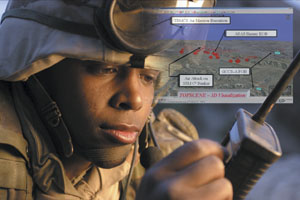 |
| Web-equipped warriors will have the ability to report and retrieve updated field information via a personal handheld device if the Joint Battle Command Bridge passes an Army test slated for late next year. |
New data-fusing, Web-enabling technology that promises to bridge the U.S. Army’s current systems with those of the future may make military planning as easy as ordering an airplane ticket online. The technology, called the
Darrell Davis, an associate director of technology at the
Officials at CERDEC’s Command and Control Directorate are collecting technologies for the experiment. The test is part of the Army’s Force XXI Battle Command Brigade and Below Future Battle Command and Control System initiative, which, in part, seeks to determine how best to make information accessible to future warfighters. For the experiment, CERDEC researchers will join the Army’s legacy systems with future combat systems to see how they perform together in a meshed battle command environment.
The technology, built by Bethesda, Maryland-based Lockheed Martin Corporation, uses an open-standards-based, service-oriented architecture to address the military’s major challenge of seamlessly integrating and Web-enabling disparate systems without disrupting or debilitating ongoing operations. It is designed to grab data from systems much like an online travel search engine accesses data from disparate airline, hotel and car rental systems, Matt Kramer, a Lockheed Martin media relations representative, explains. To satisfy a query, online travel sites must access data from companies served by different architectures and software programs. Similarly, the JBCB will have to access distinct Army, and eventually joint and coalition, systems, Kramer says.
As new technologies are integrated into Army units, the JBCB will provide a bridge to those military units not yet fully equipped with the latest systems. “Someone always gets left behind because they didn’t have the funds to acquire the newest technology,” Charles K. Smith, a senior systems engineer for Lockheed Martin Integrated Systems and Solutions, Gaithersburg, Maryland, notes about units deploying for combat. The JBCB system would allow those units still hitched to legacy systems to talk to units carrying updated technologies, he adds.
JBCB technologists bridge these different systems with data-adaptive Web servers that can sit on top of any architecture and make data available to anyone, Smith says. Once data is available, it can be manipulated using a JBCB portal or various other Web interfaces.
For example, a commander requiring constant situational awareness of logistics needs may set up an automated query profile that requests status information about fuel, ammunition, medical supplies and friendly forces,
The data can be filtered through any number of interfaces and Web services, Kramer says. If the retrieved data is piped through a next-generation visualization tool, the commander may obtain a graphic representation of the query. If the commander needs to ping an unmanned aerial vehicle for airborne surveillance, the JBCB would reach into that system and, through a Web interface, provide that video intelligence.
Commanders can set up individual queries based on their own decision-making processes. “Commanders will ask for different types of information to make the same decision,”
The JBCB also hypothetically will allow commanders to communicate across Army battle commands and to gather information instantaneously,
The key JBCB components enabling such translation between systems are called data adapters, says Stephen D. Nickerson, senior systems integration analyst and JBCB principal investigator, Lockheed Martin Integrated Systems and Solutions,
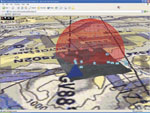 |
| Data retrieved by the JBCB’s engine can be displayed graphically with integrated visualization tools or graphics generators, giving commanders a near-real-time picture of their area of responsibility. |
Users of the technology could extend throughout the Army structure. Infantrymen equipped with a Web-enabled personal handheld device or other graphical user interface devices, for example, could input and retrieve timely information while operating in a field environment.
Like the workings of an online travel reservation engine, the JBCB’s process will be somewhat transparent to the Web-enabled soldier in the foxhole. Access to the information that the bridge promises to make available will differ with each command. “It will depend on the inherent battle command architecture,”
Building individual gateways would probably take a year and cost millions of dollars, an Army official says. With ongoing operations in
Still,
The JBCB is the first technology of its kind picked for CERDEC’s test, but others may be considered before the tentative September 2005 selection deadline for the experiment,
Lockheed Martin’s vision encompasses using the JBCB to connect not only to the other services but also to coalition partners. “It’s [Lockheed Martin’s] vision to be able to bridge between the services,”
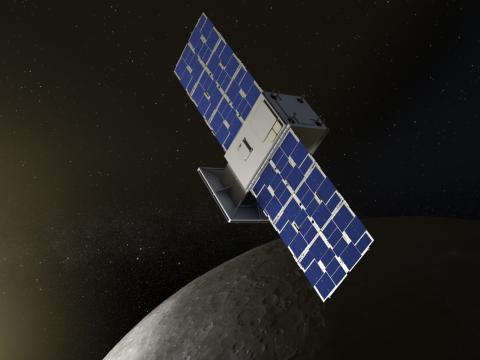
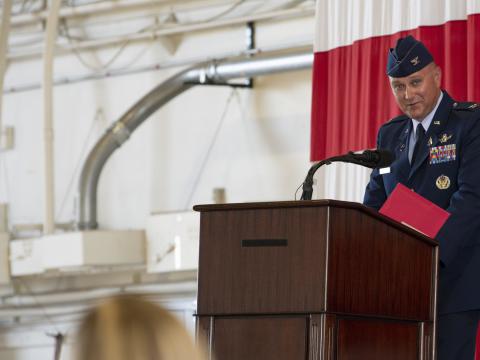

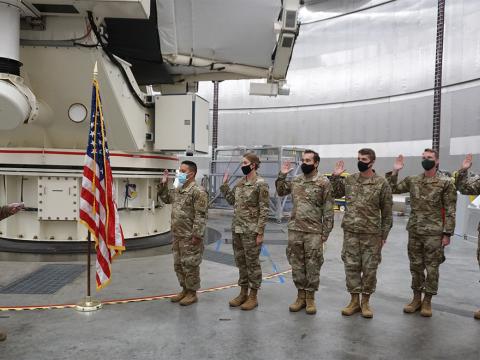
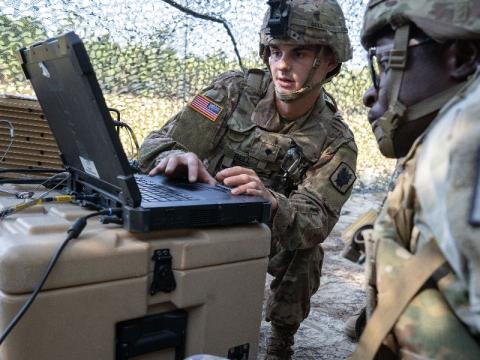
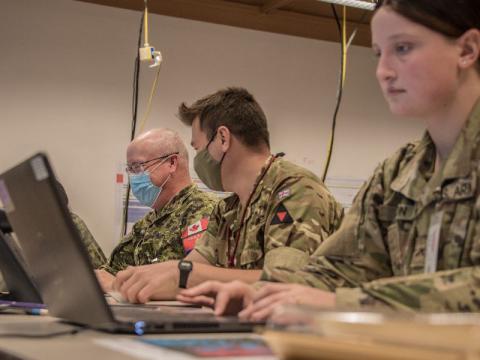
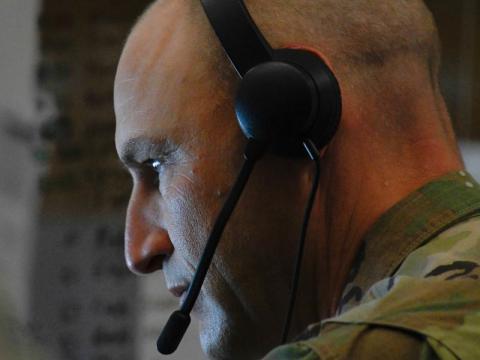
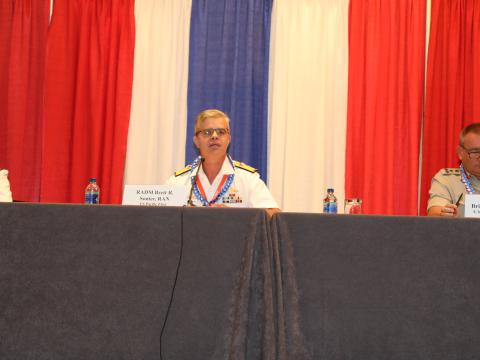

Comments